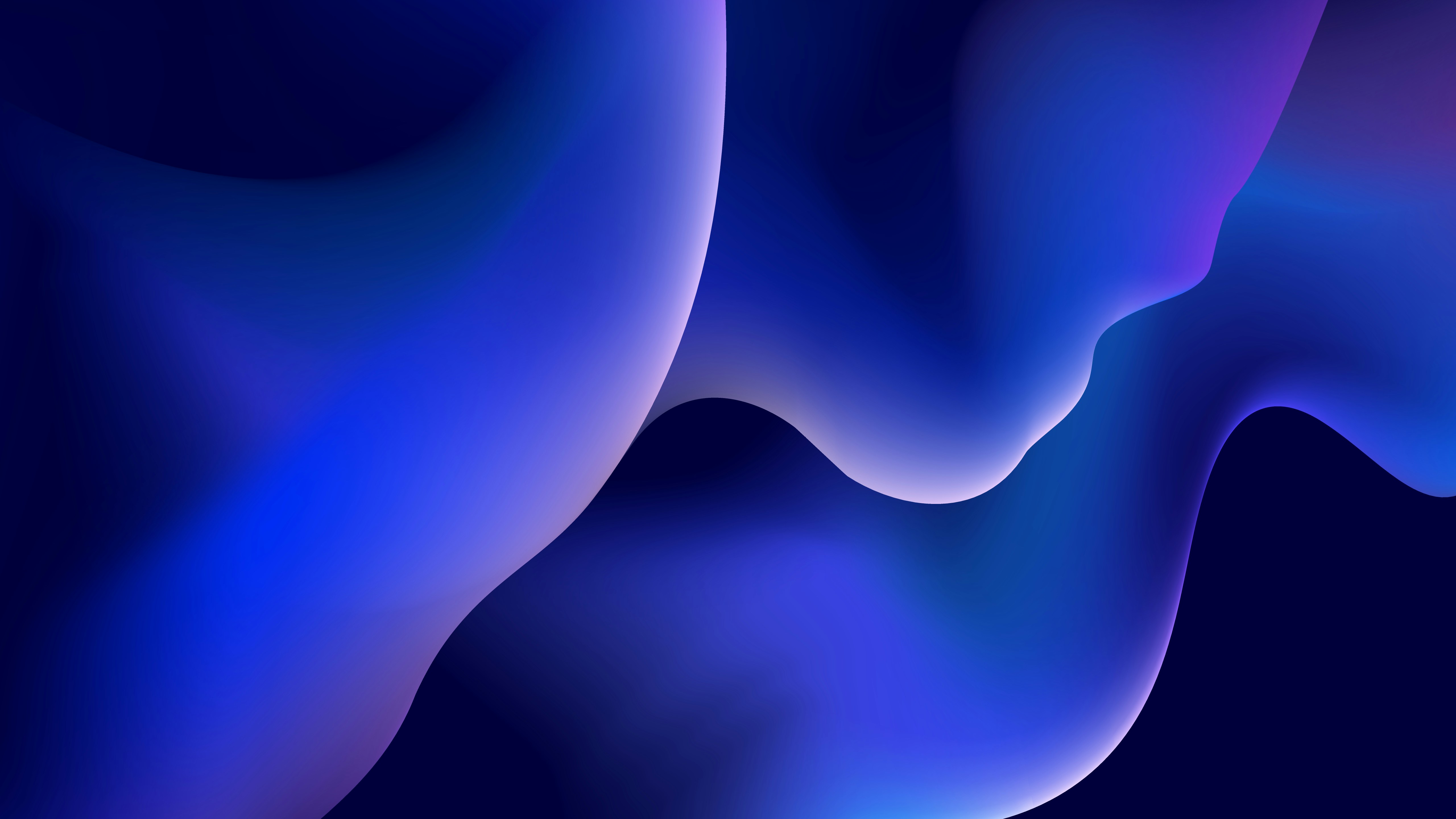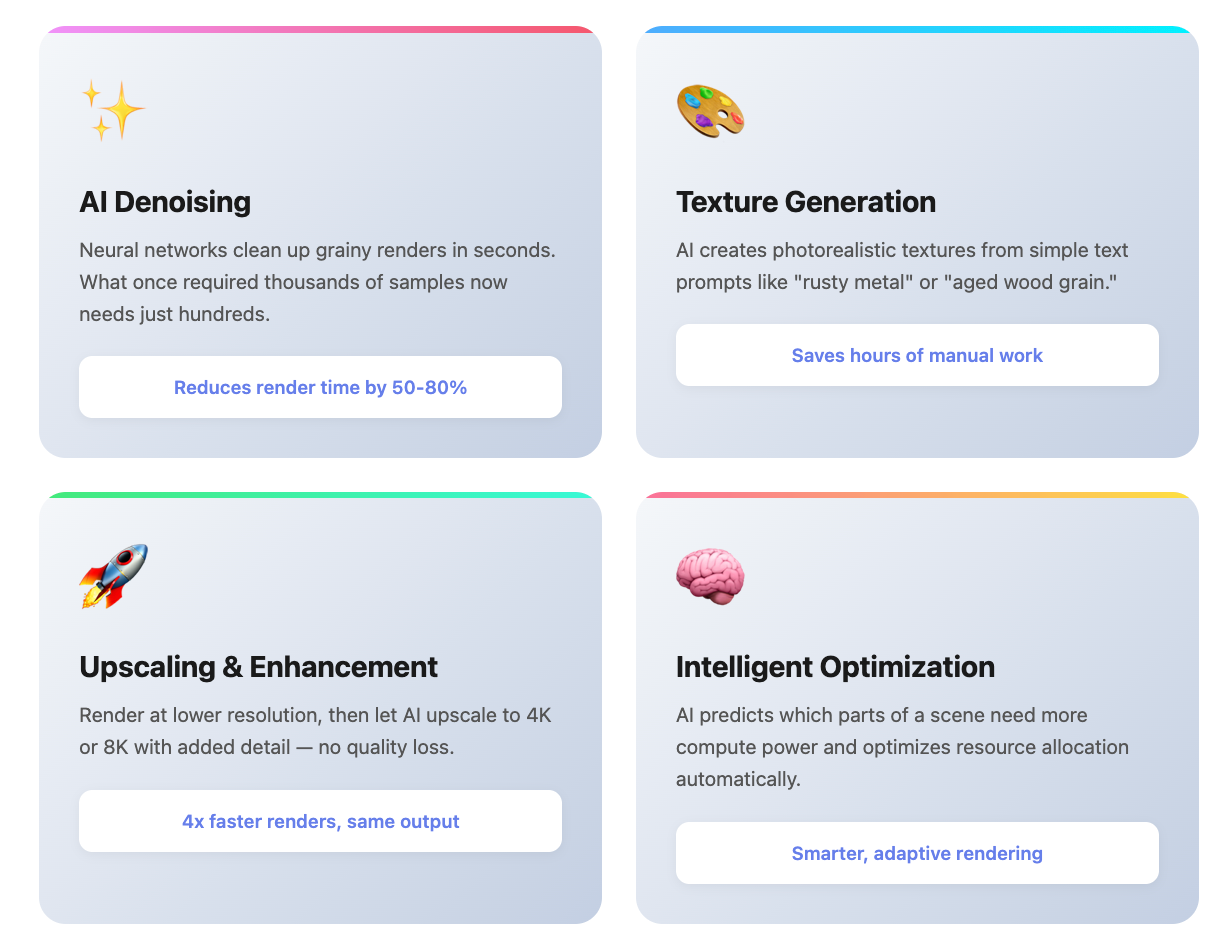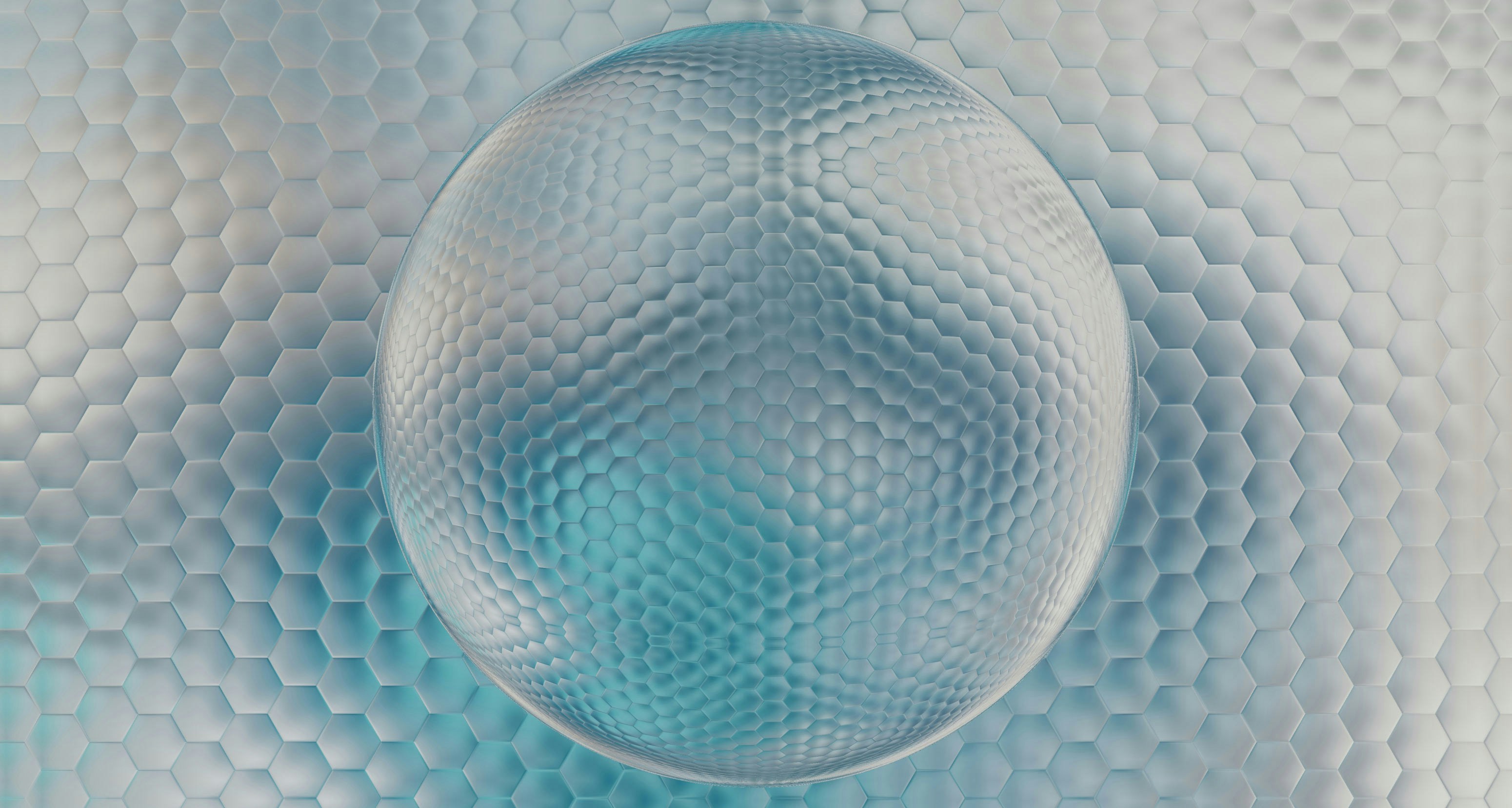Rendering


Designer Paul was working on packaging for a new product. The client wanted to see how the box would look on a store shelf. In the past, that meant creating a physical prototype — printing, gluing, setting up lights, and photographing it. The process took a week and cost thousands of dollars.
Paul chose a different approach. He built a 3D model of the package, set up materials and lighting, and launched the rendering. Three hours later, a photorealistic image appeared on his screen. The box looked as if it had been shot in a professional studio — and the client loved it.
Rendering saved time, money, and nerves. Paul could endlessly experiment with colors, textures, and angles — all without leaving his desk. The process that once felt like a long wait became a creative playground.
What Is Rendering?
Rendering is the process of converting a 3D model into a 2D image. The computer calculates how a virtual object would look under realistic lighting, shadows, and materials.
In simple terms: you create a 3D object in software, and rendering turns it into an image that looks like a photo. The more precise the settings, the more realistic the result.
Rendering uses physical laws of light behavior. The program simulates how light rays reflect off surfaces, pass through glass, and create shadows and highlights. That’s why it requires significant computing power — especially for complex scenes.
In branding and design, rendering allows teams to visualize products, packaging, or logos before manufacturing — speeding up the creative process and cutting costs.
The Role of Rendering in Branding
Rendering has transformed how brands communicate visually. Today, it’s possible to present a product that doesn’t yet exist physically.
This is crucial during development. Clients can see realistic visuals and make decisions early — before spending on prototypes. Rendering is also used to create advertising materials, presentations, and social media visuals. Photorealistic images grab attention and build trust by making products look tangible.
For brands, rendering means flexibility: quick adaptation for different markets, fast product iterations, and endless visual experimentation at low cost.
Types of Rendering
Offline Rendering (Pre-rendered)
This traditional method offers the highest quality but takes the most time. The algorithm calculates each pixel based on millions of light rays, producing a photorealistic image indistinguishable from a photo.
Used in advertising, film, product design, and architecture — anywhere realism matters. The downside? It’s slow. Every small change requires re-rendering.
Real-Time Rendering
Here, the image updates instantly, making it ideal for games, interactive presentations, and AR/VR experiences. Quality is slightly lower, but speed is the key advantage.
Modern engines like Unreal Engine and Unity now achieve near-photorealistic visuals even in real time — enabling interactive product demos and immersive brand experiences.
Hybrid Rendering
A mix of both worlds — combining real-time performance with offline-quality visuals. Some elements (like lighting or reflections) are pre-calculated, while others render on the fly.
This method powers AR showrooms, virtual stores, and educational simulations — balancing realism and speed.
Rendering in Design and Entrepreneurship
Rendering is used at every stage of brand and product creation.
Logos and Brand Identity
Rendering makes it possible to turn flat logos into 3D objects — metallic, glass, or wooden sculptures. 3D logos look modern, dynamic, and versatile, appearing in videos, websites, and digital campaigns.
Designers also use rendering to preview branded assets — business cards, packaging, signage — showing clients the full visual system before production.
Product Design
Rendering helps designers visualize new products before manufacturing. It’s easy to test different forms, materials, and finishes — saving weeks of iteration. Especially for packaging, rendering allows brands to compare dozens of design options and pick the best one before printing.
Marketing and Advertising
Rendering eliminates the need for costly photoshoots. Any environment — a studio, a living room, or a mountain landscape — can be created in 3D. The result is perfect lighting, flawless surfaces, and total creative control.
Presentations and Pitches
When pitching to investors or clients, realistic visuals make ideas tangible. A rendered concept looks real — helping teams communicate vision clearly and persuasively.
AI and the Future of Rendering
Artificial intelligence has dramatically accelerated rendering. What once took hours now takes minutes.

AI Denoising
Neural networks remove noise from raw renders, cleaning up grain and artifacts without increasing render time. Tools like NVIDIA OptiX AI Denoiser are now industry standards.
AI Texture and Material Generation
AI can now generate realistic textures from simple prompts like “rusty metal” or “worn leather.” Tools based on Stable Diffusion or Midjourney streamline design workflows.
AI-Driven Logo and 3D Creation
AI assists in creating logos, textures, and 3D models based on mood boards or sketches — expanding creativity and lowering entry barriers for newcomers.
Cloud Rendering
AI also optimizes performance, allowing high-quality rendering on mid-range machines. Cloud-based rendering services make professional visualization accessible for freelancers and small businesses.

Choosing Rendering Software
- Blender: Free, open-source, with Cycles (offline) and Eevee (real-time) render engines.
- Cinema 4D: Industry favorite for motion design and advertising; integrates with After Effects.
- 3ds Max: A powerhouse for product and architectural visualization.
- KeyShot: Real-time rendering for product designers; intuitive and fast.
- Unreal Engine: Real-time photorealism for interactive brand experiences and AR/VR demos.
Conclusion
Rendering bridges imagination and reality. It empowers brands to visualize products before they exist, test ideas safely, and present them convincingly.
For modern designers and entrepreneurs, rendering isn’t just a tool — it’s a mindset. It turns ideas into tangible experiences and gives brands the freedom to experiment, evolve, and inspire.

